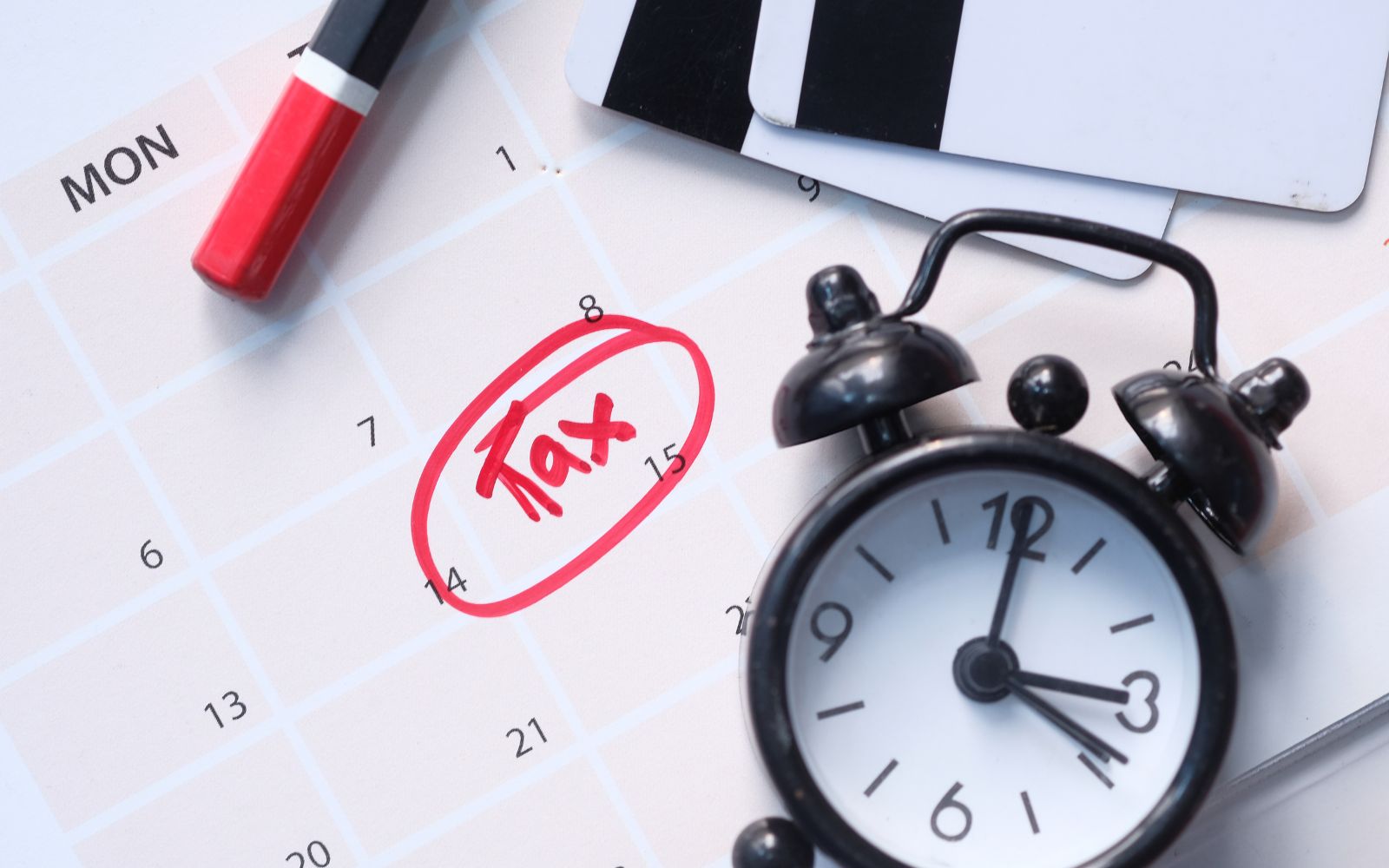National Insurance changes for self-employed

Depending on their profit, self-employed people pay two classes of National Insurance contribution – Class 2 and Class 4.
Class 2 contributions are flat-rate contributions of £3.15 per week for 2022-2023. This payment enables self-employed earners to build up entitlement to the state pension and some other contributory benefits.
Class 4 contributions are payable on profits in excess of the lower profits limit, but do not garner any pension or benefit entitlement.
Lower profits limit for Class 4
The lower profits limit for Class 4 contributions is aligned with the primary threshold for Class 1 National Insurance contributions. This was set at £190 per week for the period from 6 April 2022 to 5 July 2022 (equivalent to £9,880 per year), and rose to £242 per week from 6 July 2022 (equivalent to £12,570 per year and aligned with the personal allowance).
The annual primary threshold is £11,908. Consequently, the lower profits limit for Class 4 is set at £11,908 for 2022-2023.
Class 4 contributions are payable at the main rate, which is 10.25% for 2022-2023, on profits between the lower profits limit and the upper profits limit, which at £50,270 is aligned with the upper earnings limit for Class 1 contributions. Any profits above the upper profits limit attract Class 4 contributions at the additional rate, which is 3.25% for 2022-2023.
The higher starting point for Class 2
Historically, a liability to Class 2 contributions has risen where profits exceed the small profits threshold (for 2022-2023 it is set at £6,725). However, the starting point for Class 2 contributions will increase from 6 April 2022 to align it with the starting point for Class 4 contributions. For 2022-2023 this is set at £11,908.
As Class 2 contributions earn entitlement to the state pension, self-employed people who have profits between the small profit threshold (£6,725 for 2022-2023), and the new starting limit of £11,908 will be treated as if they had paid a Class 2 contribution. This means that they will get the benefit of having paid a Class 2 contribution, but for zero contribution cost.
This brings the self-employed with low profits broadly into line with employed earners with low earnings who are treated as having paid Class 1 contributions at a notional zero rate on earnings between the lower earnings limit (£6,396 for 2022-2023) and the primary threshold (£11,908 for 2022-2023).
Self-employed earners with profits below the small profits threshold can opt to pay Class 2 contributions voluntarily to maintain their contribution record. At £3.15 per week for 2022-2023, this is a much cheaper option than paying voluntary Class 3 contributions, which are set at £15.85 for 2022-2023.
In the future
The Class 4 rates were increased by 1.25 percentage points for 2022-2023 due to the introduction of the Health and Social Care Levy. The rates are due to revert to 9% (main rate) and 2% (additional rate) from 2023-2024.
The self-employed will also have to pay the Health and Social Care Levy of 1.25% on profits in excess of the lower profits limit from 2023-2024, so the total impact remains the same. However, unlike Class 4 contributions, liability to the Health and Social Care Levy remains beyond the state pension age.
The information available on this page is of a general nature and is not intended to provide specific advice to any individuals or entities. We work hard to ensure this information is accurate at the time of publishing, although there is no guarantee that such information is accurate at the time you read this. We recommend individuals and companies seek professional advice on their circumstances and matters.




